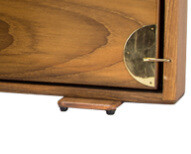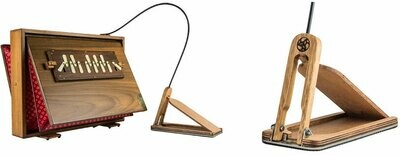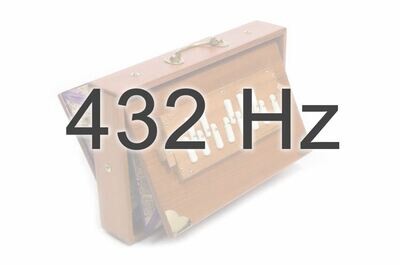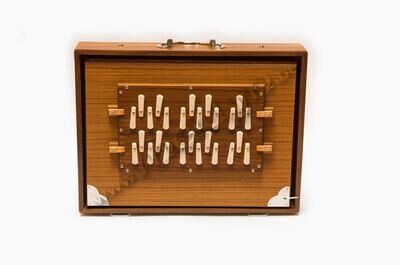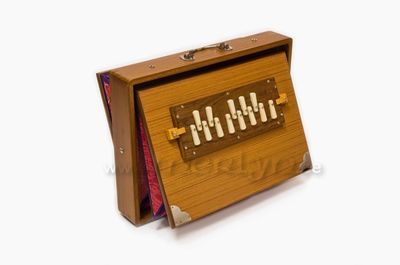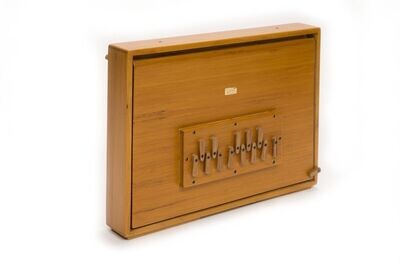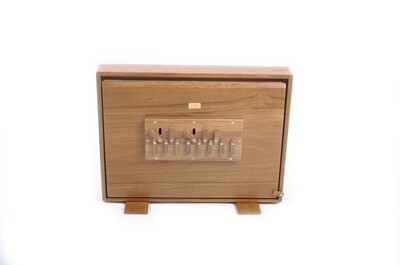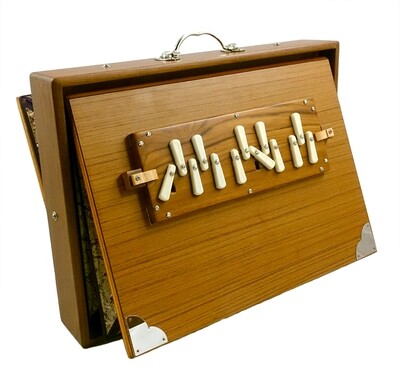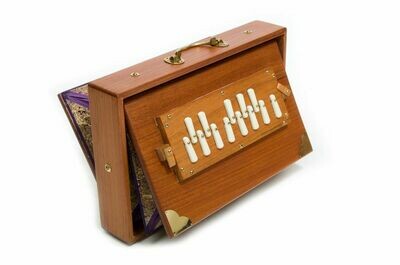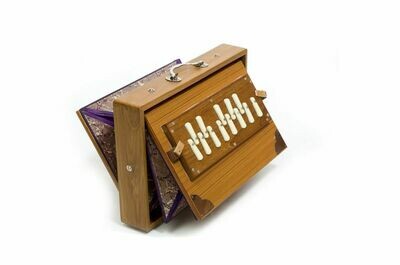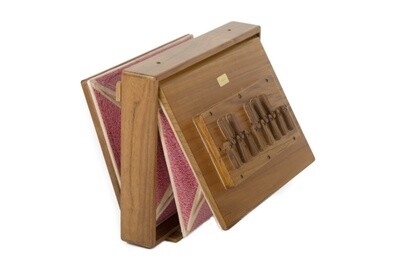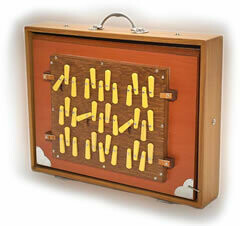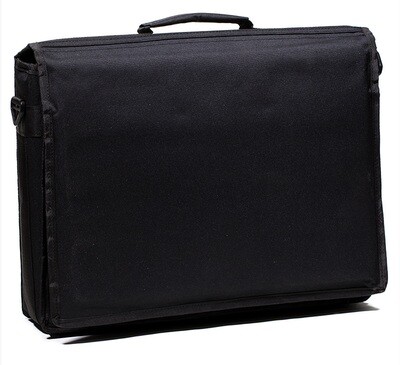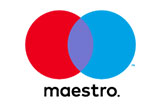
Shrutibox
Wat is een shrutibox en hoe wordt hij bespeeld?
De shrutibox (ook wel sruti box, surpeti of swar pethi genoemd) is een perfecte begeleiding voor modale muziek, improvisatie, zang, boventoonzang, muziektherapie en eigenlijk alle soorten muziek. Het geeft een vol, ondersteunend drone-geluid en is stevig, mobiel en uiterst gemakkelijk te hanteren. Om te beginnen moet je eerst de balg aan beide zijden ontgrendelen. Vervolgens open je de hendels voor de noten die je wilt laten klinken. Tot slot beweeg je voorzichtig de open balg aan één kant – en daar ontvouwt zich je drone! Je tweede hand is niet nodig om te spelen – die blijft de hele tijd vrij om eventueel wat kleine percussie te spelen (ratels, etc … ).
Filtres
Verzending
Wereldwijde verzending
Livraison rapide
Commandé aujourd'hui, expédié dans les 4 jours ouvrés
Payez en toute sécurité
Payez en toute sécurité via le cryptage SSL

